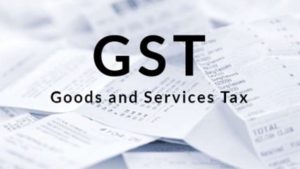 The Goods and Services Tax (GST) Council, the apex federal body on indirect taxation, will consider removing anomalies in the duty structure in several sectors such as textiles, fertilizers and footwear this month, two people aware of the development said.
The Goods and Services Tax (GST) Council, the apex federal body on indirect taxation, will consider removing anomalies in the duty structure in several sectors such as textiles, fertilizers and footwear this month, two people aware of the development said.
Terming it a long-pending issue, the two people who spoke on condition of anonymity, added that it requires urgent attention now because the businesses involved are unable to claim input-tax credit (ITC) because of higher levies on raw materials compared to the finished goods. This is referred to as an inverted duty structure—a situation in which inputs are taxed at a higher rate than finished goods.
The Council could not correct this in the past, particularly during the pandemic, because it would have had an adverse impact on either GST revenue collections or retail prices of the finished products, one of the two said. The GST Council is chaired by the Union finance minister and has finance ministers of states as its members.
The Council is expected to meet this month, but a date is yet to be finalized, the first person said.
“Inverted duty structure can be corrected either by reducing GST on inputs or by raising levies on finished products. Now, with rapid recovery and robust GST collections, this matter can be resolved. But,the final decision will depend on the GST Council,” the second person said.
The economy entered growth mode in the third quarter with 0.4% growth after contracting for two consecutive quarters due to a 68-day hard lockdown since 25 March to check the spread of covid-19. This also reflected in GST collections.
After remaining in contraction mode for six months in a row, GST revenue turned positive from September 2020 and crossed ₹1 trillion mark in subsequent months. It has now been above ₹1 trillion for five months in a row.
Archit Gupta, founder and chief executive officer (CEO) of fintech platform ClearTax, said the Council has previously discussed the issue, but without a conclusion. “The main reason is the loss of revenue resulting from any reduction of tax rates on the inputs,” he said. “The inverted tax structure causes a ripple effect on the funds flow of a business. It blocks the working capital for businesses due to input tax credit accumulation,” he added.
© 2018 CA Chandan Agarwal. All rights reserved.